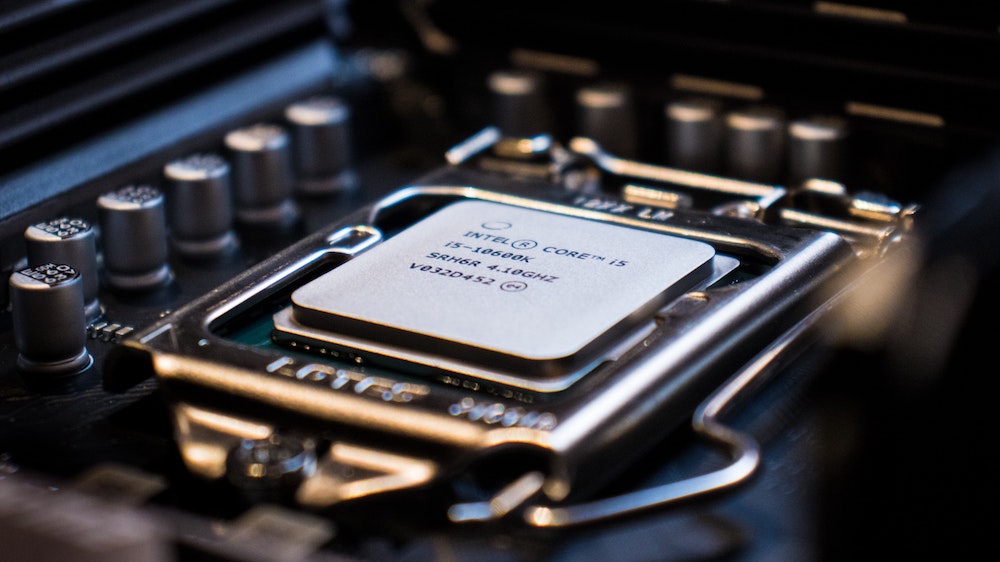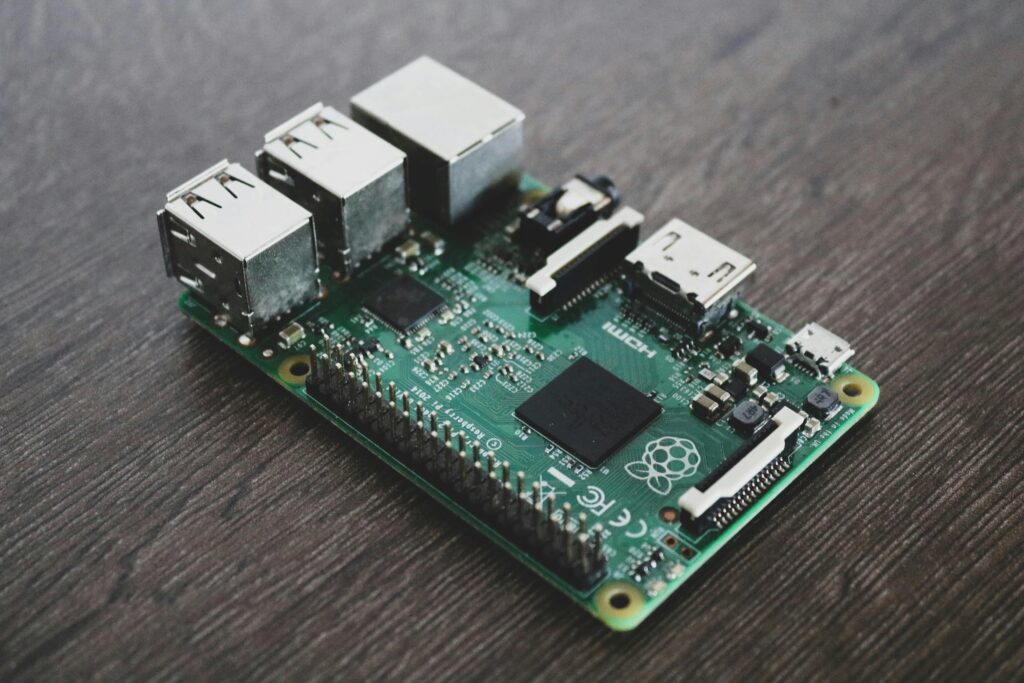Comparing System-on-Chip (SoC) with Central Processing Unit (CPU): Understanding Variances and Ideal Applications
As technology continues to advance rapidly, the pivotal component dictating a device's computing power and functionality remains the Central Processing Unit, commonly known as the CPU. The CPU serves as the cornerstone of computing devices, empowering them to execute a multitude of tasks efficiently. However, in parallel with the CPU's prominence, another key player has emerged in the realm of embedded systems: the System-on-Chip (SoC). This article aims to elucidate the distinctions between these two components and shed light on their respective applications.
Understanding the CPU:
The CPU, pioneered by Intel's team and introduced in 1971, revolutionized the landscape of technology. Today, it stands as one of the most indispensable elements of a computer system. Operating as a standalone chip, the CPU orchestrates diverse functions within a computer, encompassing data processing, storage management, and input/output operations. Comprising the Memory Unit, Control Unit (CU), and Arithmetic Logic Unit (ALU), the CPU is often likened to the "brain" of a computer, housing the necessary circuitry to facilitate computations and task execution. Typically integrated into larger systems such as motherboards, the CPU collaborates with other hardware components like graphics cards to deliver seamless performance.

Understanding the SoC:
In contrast to the longstanding presence of CPUs, SoCs represent a more recent innovation in computer design. While their inception traces back to the early 1970s, advancements in technology have propelled SoCs to the forefront of contemporary devices. Characterized by their integrated circuitry design, SoCs encapsulate a plethora of programming capabilities and components within a single chip. This compact architecture encompasses not only the CPU but also features such as RAM, storage, Graphics Processing Unit (GPU), and various peripherals. As devices continue to shrink in size while consumer demands escalate, the SoC's compact and versatile design has garnered significant traction among engineers striving to usher in the next era of computing technology.

Distinctions and Applications:
Advantages of the CPU:
High processing power, especially with the advent of multi-core units.
Seamless integration with other hardware components.
Ideal for general-purpose computing across diverse applications and workloads.
Disadvantages of the CPU:
Requires considerable space and power consumption.
May become impractical for smaller devices with limited space.
Optimal for high-performance applications but may not offer the efficiency of SoCs in terms of space and power.
Advantages of the SoC:
Compact size, making it ideal for space-constrained devices.
Enhanced power efficiency due to integration of multiple components.
Cost-effective production and versatility in application across various industries.
Disadvantages of the SoC:
Reduced processing performance compared to high-end CPUs.
Increased vulnerability to system failures due to centralized components.
Longer development time and specialized expertise required for design.
Applications:
CPUs are preferred for desktop and laptop computers requiring substantial computing power and optimal performance.
SoCs find prominence in mobile devices, wearables, automotive systems, and Internet of Things (IoT) devices, where compact size and power efficiency are paramount.
Moving Forward:
As technology continues its relentless march forward, the evolution of CPUs and SoCs remains pivotal in shaping the future of computing. At Total Phase, we remain committed to enhancing our products to stay abreast of technological advancements. Our range of I2C and SPI host adapters, including the Promira Serial Platform, caters to diverse application needs, ensuring optimal performance and reliability. Likewise, our Beagle I2C/SPI Protocol Analyzer empowers users to monitor bus data seamlessly, bolstering the efficiency and functionality of devices powered by robust CPUs or SoCs.




